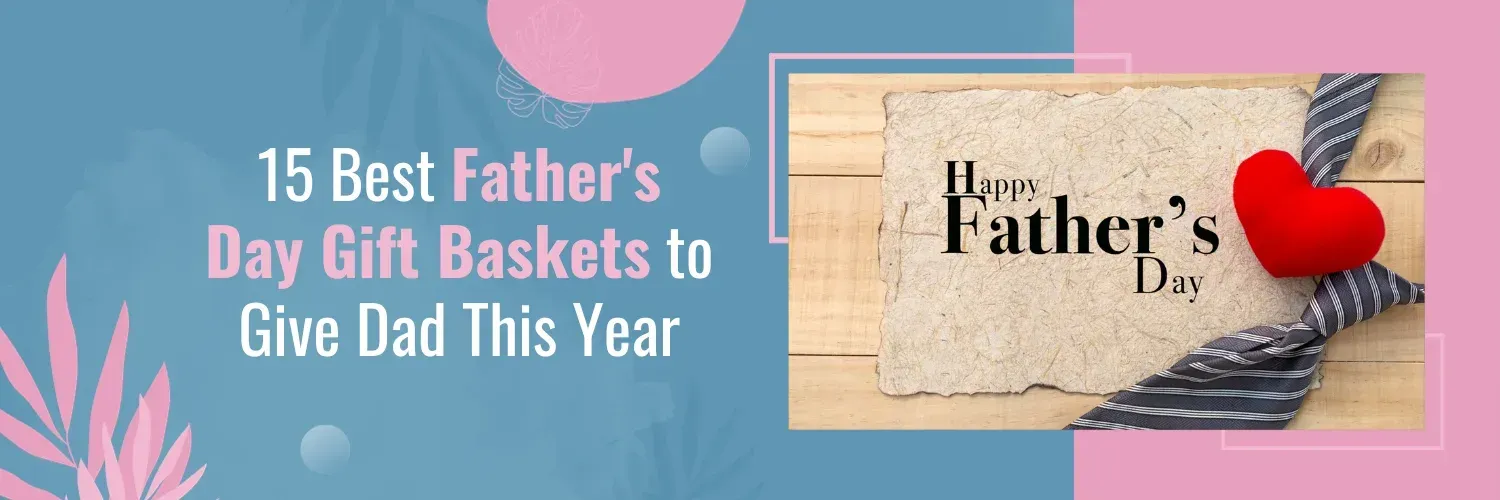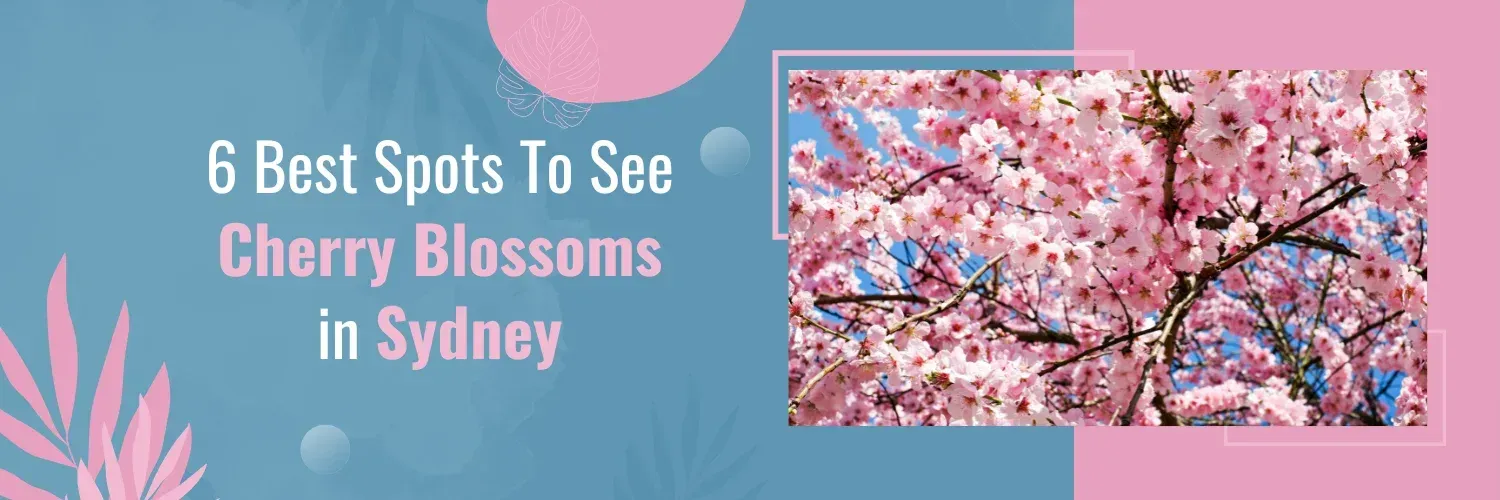How to Grow Sunflowers

Sunflowers bring a touch of sunshine to any space with their vibrant colours and cheerful blooms. If you’re short on garden space or looking to add some vertical interest to your patio or balcony, growing sunflowers in containers is the perfect solution. In this step-by-step guide, we’ll walk you through everything you need to know to cultivate these beautiful flowers in pots or containers successfully.
The Benefits of Growing Sunflowers
Growing flowers can offer a multitude of benefits, both for individuals and the environment. Here are several advantages of cultivating flowers:
- Aesthetic Pleasure:
Flowers are beautiful and add vibrancy and color to any environment. They enhance the visual appeal of gardens, balconies, parks, and indoor spaces, creating a more inviting and pleasant atmosphere.
- Emotional Well-being:
Gardening, including growing flowers, has been linked to improved mental health and well-being. The act of nurturing plants, witnessing their growth, and enjoying the beauty of flowers can reduce stress, anxiety, and depression.
- Therapeutic Value:
Gardening, particularly growing flowers, can be therapeutic. It offers a form of mindfulness and relaxation, allowing individuals to focus on the present moment and find solace in the rhythms of nature.
- Connection to Nature:
Cultivating flowers fosters a deeper connection to nature. It provides an opportunity to observe the life cycle of plants, appreciate seasonal changes, and develop a greater understanding of the natural world.
- Environmental Benefits:
Flowers play a crucial role in supporting biodiversity and ecosystem health. They provide food and habitat for pollinators such as bees, butterflies, and birds, contributing to the overall health of ecosystems.
- Pollination:
Many flowering plants rely on pollinators to reproduce. By growing flowers, individuals can support pollinator populations and help ensure the pollination of agricultural crops and wild plants.
- Air Quality:
Some flowers, such as certain types of flowering trees and shrubs, help improve air quality by absorbing pollutants and releasing oxygen. Indoor flowering plants can also help purify the air in homes and offices.
- Community Engagement:
Flower gardening can bring people together and foster a sense of community. Community gardens, in particular, provide opportunities for neighbors to connect, share knowledge, and collaborate on gardening projects.
- Educational Opportunities:
Growing flowers offers valuable educational experiences for individuals of all ages. It provides opportunities to learn about plant biology, horticulture, and environmental science, as well as important lessons about patience, responsibility, and perseverance.
- Creative Expression:
Flower gardening allows individuals to express their creativity and personal style. From selecting plants and arranging flower beds to creating floral arrangements, there are countless opportunities for artistic expression in flower cultivation.
Choosing the Right Container

When it comes to choosing sunflower varieties for container gardening, look for compact or dwarf varieties that are well-suited for smaller spaces. Some excellent options include ‘Sunspot,’ ‘Music Box,’ and ‘Little Becka.’ These varieties typically reach heights of 1 to 4 feet, making them perfect for container cultivation.
Planting Sunflowers

Now that you have your container and sunflower seeds ready, it’s time to get planting!
- Prepare the Soil:
Fill your container with high-quality potting soil mixed with organic compost to provide essential nutrients for your sunflowers.
- Sow the Seeds:
Plant sunflower seeds about 1 inch deep and 6 inches apart in the container. If you’re planting multiple sunflowers in one pot, space them accordingly to avoid overcrowding as they grow.
- Watering:
After planting, water the soil thoroughly to ensure good seed-to-soil contact. Keep the soil consistently moist but not waterlogged throughout the growing season.
- Sunlight:
Sunflowers thrive in full sun, so place your container in a location where it will receive at least 6 to 8 hours of sunlight per day.
- Support:
Depending on the variety you choose, you may need to provide support for your sunflowers as they grow. Stake taller varieties or use trellises to prevent them from toppling over in windy conditions.
How to Take Care of Sunflowers

Taking care of sunflowers in containers is relatively simple, but they do require some attention to ensure healthy growth and abundant blooms.
- Watering:
Sunflowers have deep root systems, so it’s essential to water them deeply and infrequently rather than shallow watering frequently. Check the moisture level of the soil regularly and water when the top inch feels dry.
- Fertilizing:
Feed your sunflowers with a balanced liquid fertilizer every two to three weeks during the growing season to encourage robust growth and prolific blooming.
- Deadheading:
Remove spent flowers regularly to encourage continuous blooming throughout the season. This process, known as deadheading, redirects the plant’s energy into producing more flowers rather than setting seeds.
- Pest and Disease Control:
Keep an eye out for common pests like aphids and caterpillars, as well as fungal diseases such as powdery mildew. Treat any infestations promptly with organic insecticidal soap or fungicides to prevent them from spreading.
Conclusion

Growing sunflowers in containers is a rewarding and enjoyable experience that allows you to enjoy the beauty of these iconic flowers, even in limited garden spaces. By following the steps outlined in this guide and providing proper care, you can cultivate healthy sunflowers that brighten up your home or outdoor area with their cheerful blooms. Whether you’re a seasoned gardener or a novice, container gardening with sunflowers is sure to bring joy and colour to your surroundings. To learn more about flower and plant care, follow our blogs for more updates.
FAQs
Q: Can I Grow Sunflowers Indoors?
While sunflowers prefer full sun and are typically grown outdoors, you can grow them indoors if you provide ample light from a sunny window or grow lights.
Q: How Often Should I Fertilize My Sunflowers?
Fertilize your sunflowers every two to three weeks during the growing season with a balanced liquid fertilizer diluted to half strength.
Q: Do Sunflowers Need to Be Pruned?
Sunflowers do not require regular pruning, but removing spent flowers (deadheading) can encourage continuous blooming and prevent the plant from wasting energy on seed production.
Q: When Is the Best Time to Plant Sunflowers in Containers?
Plant sunflower seeds in containers outdoors after the last frost date in your area, typically in late spring or early summer. You can also start seeds indoors 2-4 weeks before the last frost date and transplant them outdoors once the soil has warmed up.
Q: How Tall Do Sunflowers in Containers Typically Grow?
Compact or dwarf sunflower varieties suitable for container gardening typically reach heights of 1 to 4 feet, depending on the variety and growing conditions.






















